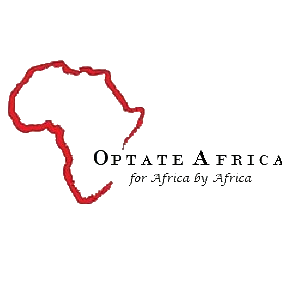
Mayobodo Wind Farm
| Project Name | Mayobodo Wind Farm |
| Country | Zimbabwe |
| Sector | Energy (Renewable) |
| Environmental and Social Category | A |
| Project Size (MW) | 200 |
Wind power is a renewable, environmentally friendly source of energy and its exploitation has been growing fast since the 1970´s globally but to date no wind farms have been built in Zimbabwe. The reason for this has probably been the land’s richness in other natural energy sources that have seemed more efficient and economical to harness, such as hydro and thermal power. Nevertheless, attention should be drawn towards the exploitation of wind power with its many positives as an alternative renewable energy source in Zimbabwe as well.
Technological advances have been enormous in the last decades and increased rotor diameter, tower height and modern electronic components have increased the power generated from each wind turbine dramatically, simultaneously decreasing the cost per installed kWh and thus increased the economic sense of harnessing wind power.
Most of Zimbabwe’s energy is harnessed from hydro and thermal power sources that account for most of the electrical power produced. Wind measurements clearly show that the climate contains a large amount of potential wind energy at particular hub heights and locations, but as yet, this has not been utilized. Zimbabwe currently has an installed capacity of about 2000MW against which the actual available capacity is at around 1350MW mostly due to limited supplies of power generating inputs.
Project Objectives and Expected Results.
The objectives of the Project are to: (i) increase Zimbabwe’s generation capacity by exploiting its vast RE potential and help the country to meet its power demand; and (ii) reduce the dependence on fossil fuel for electricity generation and move to a more balanced and environmentally sustainable energy mix.
The Project results will be measured by the following key indicators: (i) number of MW installed; (ii) number of residential customers that will benefit from the electricity supplied by the Project; and (iii) GHG emissions avoided on an annual basis (tons of CO2 per year).
- Project Description.
The Project entails the development, financing, construction, testing, commissioning, operation and maintenance of a 200MW wind farm power plant located in Mayobodo Mangwe, Plumtree. A fraction of the power generated by the Project will be sold to the Zimbabwe Electricity Transmission and Distribution Company (ZETDC) under a 25-year Power Purchase Agreement and the other part supplied to the Southern African Power Pool (SAPP).
The Project is being developed by Optate Africa, a wholly owned Zimbabwean company working on renewable energy projects in partnership with international partners.
Environmental and Social.
To provide for the sustainable management of natural resources and protection of the environment; the prevention of pollution and environmental degradation; the preparation of a National Environmental Plan and other plans for the management and protection of the environment; the establishment of an Environmental Management Agency and an Environment Fund; to amend references to intensive conservation areas and committees and associated matters in various Acts; to repeal the Natural Resources Act [Chapter 20:13]; the Atmospheric Pollution Prevention Act [Chapter 20:03], the Hazardous Substances and Articles Act [Chapter 15:05] and the Noxious Weeds Act [Chapter 19:07], and to provide for matters connected with or incidental to the foregoing.
The use of wind power has a light environmental footprint compared to the much more serious effects of conventional electricity generation, which affects climate change and disturbs the natural balance. Wind power does not produce harmful emissions or hazardous waste, it does not deplete natural resources, nor does it cause environmental damage through resource extraction, transport and waste management. Wind turbines occupy less than 1% of the land area. Once up and running, existing activities, such as agriculture and ease of access to the site, can continue around them. A wind farm development (facility) is subject to environmental impact assessment, in this case by Environmental Management Agency (EMA), to ensure that the potential effects on the immediate environment (including flora and fauna) are carefully considered before construction of the facility is allowed. In many cases impacts can be avoided or reduced by adjusting the location of the whole development (at the planning stage), the number of turbines or by relocating the wind turbines within the existing boundaries of the development. The overall impact of wind farms on the natural habitats, birds, bats and other fauna and flora is site specific. Despite this impact, extensive efforts have been made to avoid building the wind farm in an area of bird and bat migration routes.
A social Impact Assessment was done and permission granted by community elders in Bulilima.


